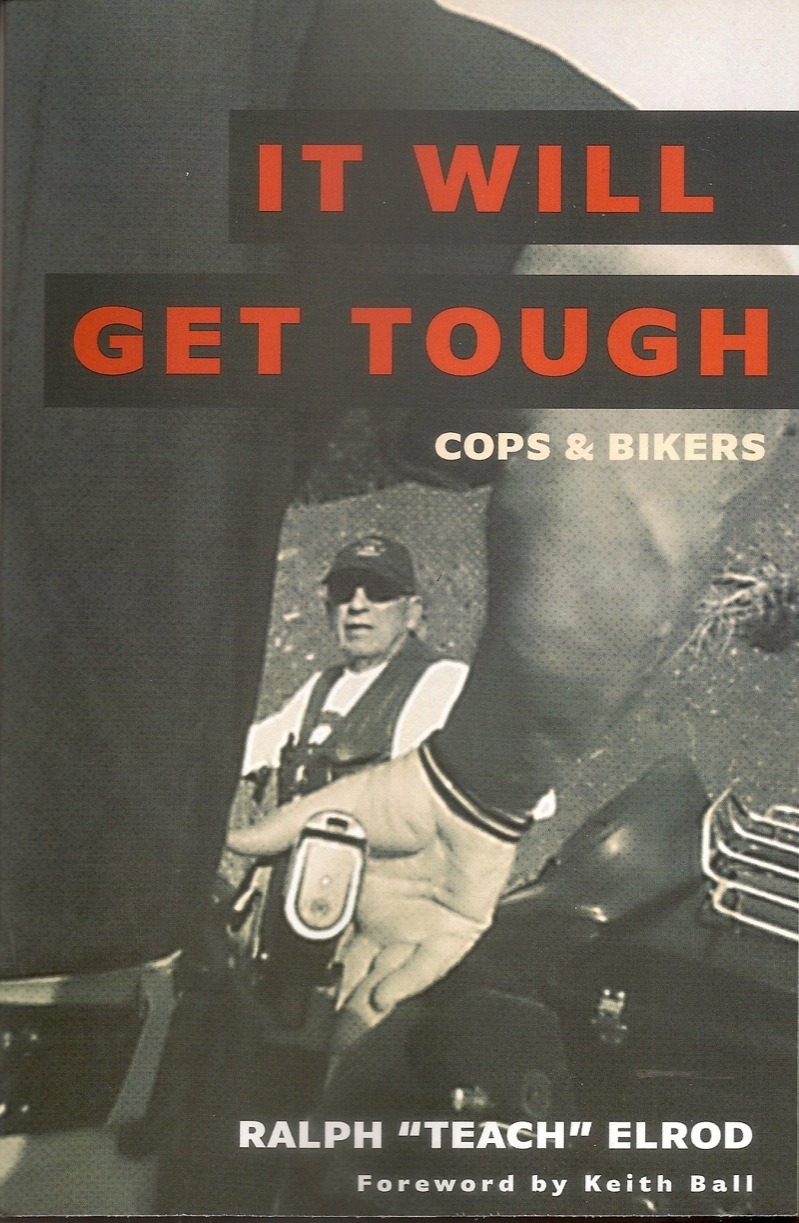Around The World on a Motorcycle: 1928 to 1936
by Zoltán Sulkowsky
Whitehorse Press, $29.95, 408 pages
www.whitehorsepress.com
“This book was not written by a scholar. Neither did I set out on my adventurous journey after thorough scientific preparations or precise planning. What I did pack in my proverbial rucksack was an intense desire to see and to learn, and a healthy helping of determination… My determination, hard work, and a well-chosen vehicle, the motorcycle, carried me not only to railroad junctions and busy seaports, but also off the ‘ridden’ path, hummed its way into the real lives of real people, into isolated villages, forest, and untried mountains… Traveling around the world no longer means what it meant a few decades ago, however, wandering around the highways and byways of the world for eight years straight remains a daring accomplishment. It would be that very few cyclists or other species of travelers would be up for such a trek, and the difficulties of the venture are underscored by the fact that nobody before us ever undertook a similar journey.” –Zoltán Sulkowsky, November 1937
Mounted on a 1922 Model J Harley-Davidson with an oversized sidecar, Zoltán Sulkowsky and his friend Gyula Bartha spent seven years traveling through 68 countries on six continents. Along the way they met some of the notables of their time—Mussolini, General Chiang Kai-shek, Prime Minister Hamaguchi, Greta Garbo, and Charlie Chaplin—experienced the last of “colonialism,” ventured to places where people had never seen a motor vehicle, and documented a slice of the world that we now call history. There are a number of round-the-world motorcycle-touring books, but this was the first one. Originally published in Hungary in 1937, this 2008 edition is the first time it has been translated into English and it contains black and white photos from the original printing.
Obviously the world has changed during the past 70 years, but some of Sulkowsky’s words seem timeless. “I am entirely familiar with the mechanisms of the motorcycle, down to its nuts and bolts. I had learned the names of all the parts while still in college, I knew rpms and pistons, but I had no idea what to do when the engine shut down.” He continues, “And so we consulted our book, troubleshooting systematically, part by part and line by line, and still, we found nothing out of the ordinary. Then we gave the bike a push, desperately: nothing.” In the end the travelers discover that they hadn’t turned the ignition key to the “on” position. Such confessions make them seem real and identifiable as neophytes setting out on a journey that wasn’t really planned.
This epic journey was taken at the silent cusp of modern world history. These intrepid travelers left Europe just prior to the Great Depression and returned to Hungary on the eve of World War II. They witnessed the final chapter of colonialism and the last vestiges of tribal culture. They observed Jews trying to build a state in Palestine, were in India during Gandhi’s activism, and rode through China when civil war first erupted between the communists and Chiang Kai-shek’s nationalists. Sulkowsky describes environmental ravaging through the eyes of an educated man of that era and his keen observations regarding the status of women, colonial rule, the caste system, tourist sites, prices, food, weather, and religious practices of various cultures makes this far more than just another motorcycle adventure story.
Above and beyond the author’s eyewitness account of the world, the central story is about motorcycling, and their adventures make modern round-the-world travelers’ exploits look like a trip to Club Med. “Nobody traveled on wheels [in Turkey], and nobody was able to give us any directions worth following. We weren’t even sure of the direction in which to get started.” They plowed through desert sands, balanced on railway tracks over raging rivers, were towed by buffalo through rice paddies, built roads over mountains, and even dismantled the Harley and its sidecar to cross countless rivers in small boats. “Passing through towns [in Korea], we always stocked up on various logs and boards, which we then used to build impromptu bridges, sometimes working for hours at a single site.” Maps were often useless, some languages incomprehensible, and many locals had no idea what lay beyond the immediate vicinity of their remote villages. However, the journey was not all struggle and adversity. “A road ran through this primeval wilderness [in Java]. To our right and to our left lay hundreds of kilometers of mysterious lush vegetation, and yet, we had the great fortune of traveling along some of the best roads we had encountered, smooth paved road of asphalt and bitumen, straight as the flight of an arrow, without the smallest bump or hindrance… What extraordinary countryside and what an extraordinary road!”
This amazing tale was published in Hungary and so the author’s frequent inclusions regarding Hungarians met during their journey are excusable. The fact that he was able to condense this story to a mere 408 pages is commendable for a diarist who dutifully kept notes, wrote articles for newspapers, and collected botanical and mineralogical specimens that were sent back to European museums. So much was left out, yet what remains offers fascinating reading. My only disappointment with this book is with the quality of the published photos, which was reduced by printing them on the same pages as the text. Image clarity would have been enhanced if they had been printed on high-quality glossy paper and placed as center pages in the book. Still, I consider this to be one of the best round-the-world accounts in my library and I can only wonder why it took 70 years for it to be translated into English.

















